BACK
Fine motor skills are the small movements made by the muscles in the hands, fingers, and wrists, essential for a child’s development. These skills are fundamental to everyday tasks such as drawing, writing, and dressing.
As toddlers begin to explore their world, fine motor activities are a wonderful way to promote both cognitive and physical development.
We’ve curated 10 fun and educational activities designed to help toddlers strengthen these crucial skills while having fun. These activities can be done at home and can help foster creativity, concentration, and coordination.
Signs of Fine Motor Milestones in Toddlers
Understanding what fine motor development typically looks like at different stages can help parents feel more confident about their toddler’s growth.
Here are some general milestones by age range:
- 12–18 months: Begins to use a pincer grasp, bangs objects together, points to items
- 18–24 months: Stacks blocks, turns pages in a book, begins scribbling with crayons
- 24–30 months: Uses spoon independently, starts unzipping clothing, builds taller block towers
- 30–36 months: Cuts with child-safe scissors, draws basic shapes, threads large beads
These milestones reflect the development of small muscles in the hands and fingers, which are crucial for fine motor skills. Every child develops at their own pace. If you have concerns, it’s always helpful to speak with a paediatrician or early childhood educator.
10 Fine Motor Activities for Toddlers To Do At Home
1. Playdough Creations
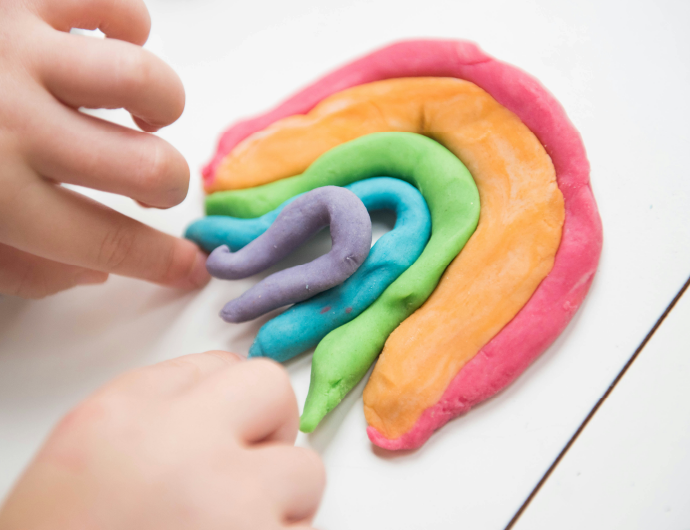
Recommended Age: 18–36 months
Developmental Benefits:
- Strengthens hand and finger muscles
- Enhances creativity
- Supports sensory processing
Playdough is a timeless activity that encourages creativity and enhances fine motor control. Using cookie cutters with playdough can add an extra layer of fun and creativity, allowing toddlers to create various shapes and designs.
From rolling to squishing, pinching, and flattening, toddlers will engage their hand muscles in various ways. You can encourage your child to create different shapes, animals, or even letters with playdough. This activity enhances dexterity and hand strength, both essential for later writing skills.
2. Building Blocks
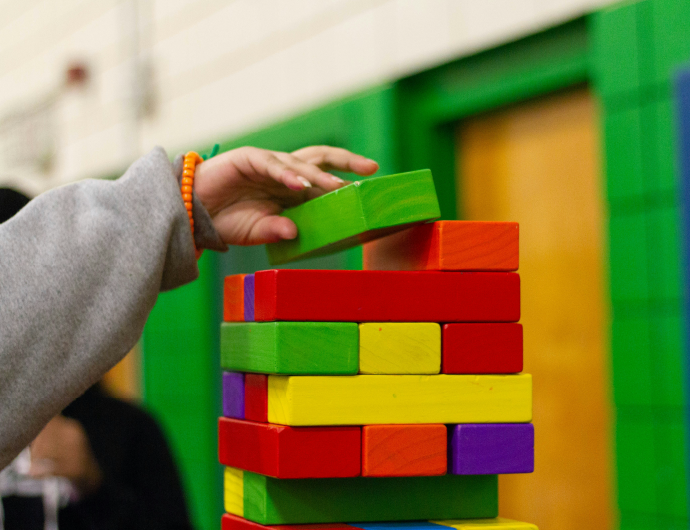
Recommended Age: 12–36 months
Developmental Benefits:
- Improves hand-eye coordination
- Spatial awareness
- Grip control
Stacking and arranging building blocks or soft wooden toys is a fantastic way to develop hand-eye coordination and precision. As toddlers build, they practise their ability to grip, balance, and control the placement of each block.
This activity also supports spatial awareness, which is crucial as children start to understand concepts like size, shape, and volume. To add a challenge, encourage your toddler to balance blocks in different configurations or replicate specific structures.
3. Buttoning and Zipping
Recommended Age: 24–36 months
Developmental Benefits:
- Promotes independence
- Refines finger control
- Builds concentration
Encourage toddlers to practise basic self-dressing skills such as buttoning, zipping, and snapping, which are essential self-help skills.
These tasks require concentration and help toddlers develop hand-eye coordination, finger strength, and independence. You can start with larger buttons or zips on practice boards and gradually progress to real clothing items as they improve their skills.
4. Finger Painting

Recommended Age: 18–30 months
Developmental Benefits:
- Enhances sensory exploration
- Finger strength
- Creativity
Finger painting is not only a creative outlet for toddlers but also an excellent exercise for fine motor development. As they dip their fingers into the paint and create different patterns and shapes, they strengthen the muscles in their hands and fingers.
This activity also promotes sensory exploration, helping children understand texture and colour while refining their tactile senses.
5. Puzzle Play

Recommended Age: 24–36 months
Developmental Benefits:
- Develops problem-solving
- Spatial skills
- Hand control
Jigsaw puzzles are an excellent way for toddlers to develop problem-solving skills while enhancing their fine motor abilities. Placing pieces together requires a steady hand, focus, and the ability to turn and manipulate small objects.
Puzzles are great for building patience and cognitive skills while improving hand-eye coordination. These skills are essential for important tasks such as writing, using utensils, and dressing.
6. Threading Beads
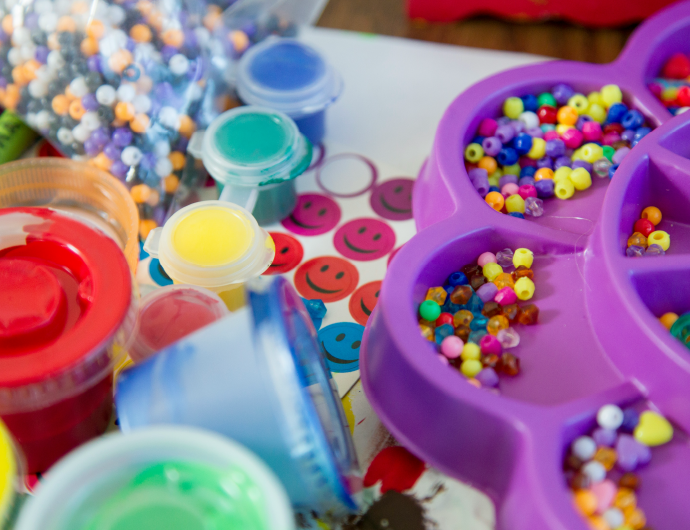
Recommended Age: 24–36 months
Developmental Benefits:
- Refines pincer grip
- Boosts concentration
- Enhances bilateral coordination
Threading beads onto strings is a superb fine motor activity that requires concentration, precision, and finger strength. As toddlers work to thread the beads, they enhance their pincer grasp (using thumb and forefinger together), which is crucial for later tasks like writing and using utensils.
This activity can be made more challenging by using different-sized beads or by introducing patterns for your child to follow. This activity not only enhances fine motor skills but also encourages creativity as toddlers enjoy creating their own bead patterns and designs.
7. Scissor Skills

Recommended Age: 30–36 months (with child-safe scissors)
Developmental Benefits:
- Builds grip strength
- Control
- Bilateral coordination
Although toddlers are not quite ready to use regular scissors, safety scissors designed for young children are a wonderful way to introduce cutting skills. You can provide construction paper for your toddler to cut, which adds a colourful and engaging element to the activity.
By cutting through paper or even playdough, toddlers will gain confidence in their hand movements and improve their grip strength. You can start with straight lines and gradually work towards more complex shapes as their skills improve.
8. Sorting Games
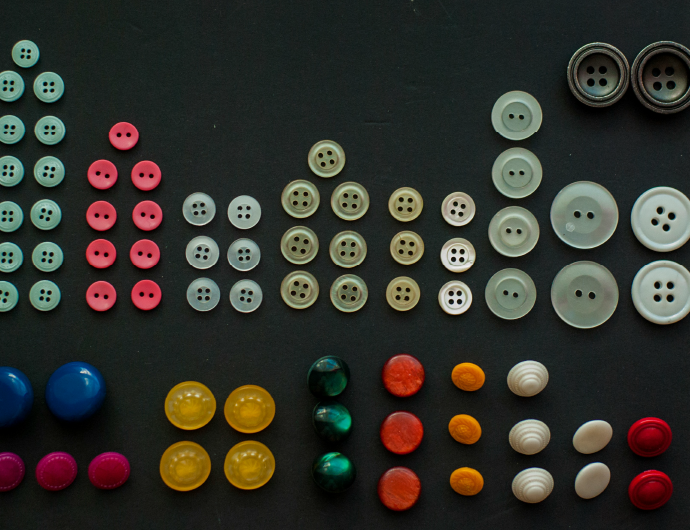
Recommended Age: 18–30 months
Developmental Benefits:
- Improves categorisation skills
- Fine motor control
- Cognitive processing
Sorting games are fantastic for developing both cognitive and fine motor skills. You can introduce objects such as buttons, coins, or coloured blocks for your toddler to sort by colour, size, or shape.
This encourages categorisation and pattern recognition while also improving fine motor control as toddlers grasp and move the items.
9. Sticker Art
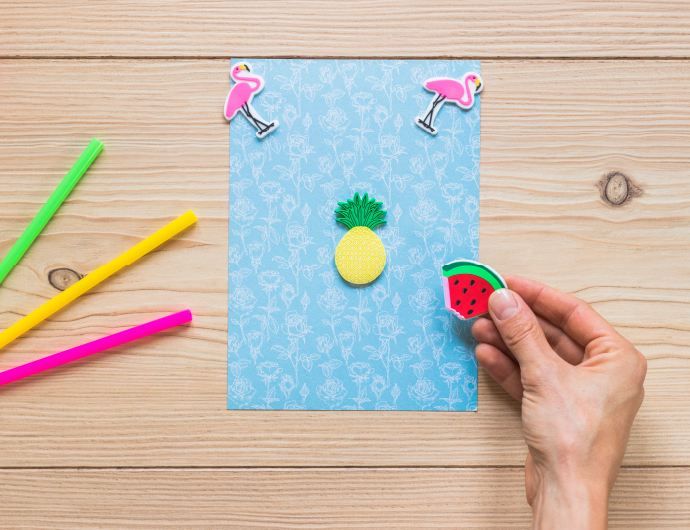
Recommended Age: 18–30 months
Developmental Benefits:
- Refines precision
- Encourages creativity
- Strengthens finger muscles
Peeling and sticking stickers is an enjoyable way for toddlers to practise precision and focus. This simple activity helps strengthen their finger muscles and hand coordination as they work on peeling stickers off sheets and placing them on paper or other surfaces.
Additionally, this activity sparks creativity and allows toddlers to express themselves artistically.
10. Water Play with Squeeze Bottles
Recommended Age: 18–36 months
Developmental Benefits:
- Enhances hand strength
- Coordination
- Sensory awareness
Water play is not only fun but also a great way to work on fine motor skills. Using squeeze bottles, toddlers can practise controlled hand movements to squirt water into cups and bowls or even water plants.
This activity helps develop hand strength and coordination while also offering sensory stimulation. This activity is also great for encouraging toddlers to explore and experiment with water, making learning both fun and interactive.
What If My Child Isn’t Interested?
It’s perfectly normal for toddlers to show more interest in some activities than others. If your child isn’t drawn to fine motor activities right away, here are a few gentle strategies you can try:
- Follow their interests: If they love animals, offer animal-shaped stickers or puzzles.
- Incorporate movement: Mix gross motor elements with fine motor activities, like playing with blocks on a crawling course.
- Start small: Keep sessions short and positive—five to ten minutes is often enough.
- Model the activity: Children love to imitate. Sit beside them and play too.
- Make it social: Invite a sibling or friend to join in and make it more engaging.
Patience is key. Exposure over time builds familiarity, and toddlers often return to an activity once they feel ready.
Every Movement Matters at Little Skool House
As one of the best premium preschools in Singapore, we understand that the small movements children make today lay the groundwork for big milestones tomorrow. That’s why fine motor development isn’t left to chance—it’s thoughtfully woven into our daily curriculum through purposeful play, hands-on activities, and guided exploration.
We provide a nurturing environment where toddlers can strengthen their fine motor skills in ways that feel fun, natural, and rewarding. From handling crayons to using child-safe tools, every activity is an opportunity to build coordination, independence, and confidence.
Our curriculum is designed to nurture each child’s development holistically, ensuring that every child at Little Skool House receives the care, attention, and stimulation they need to thrive.



